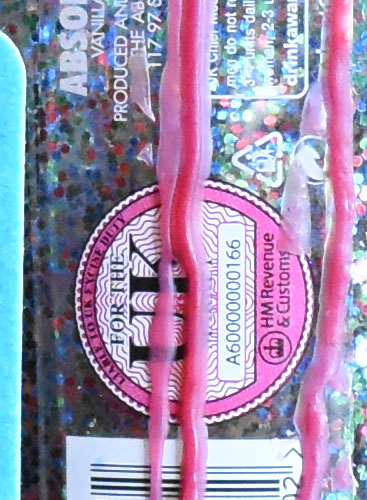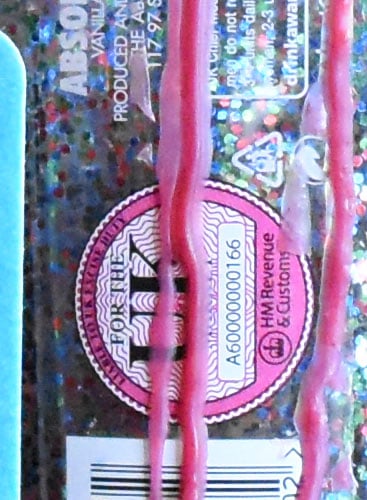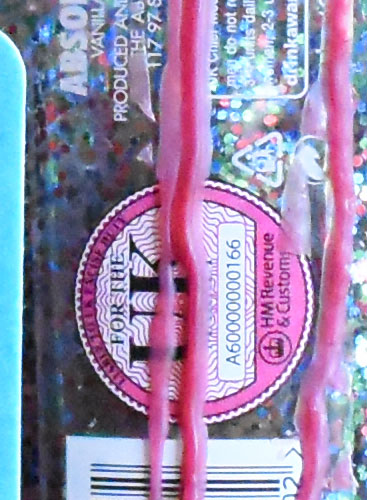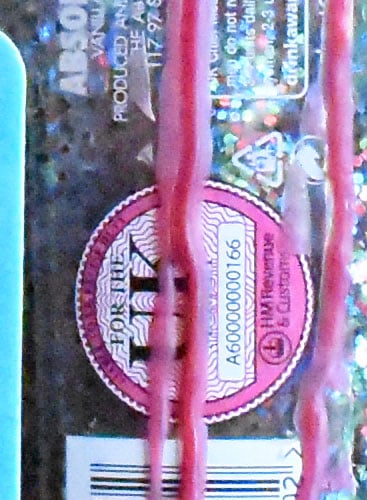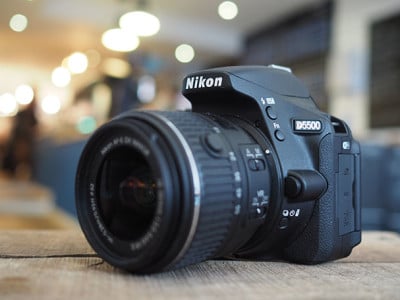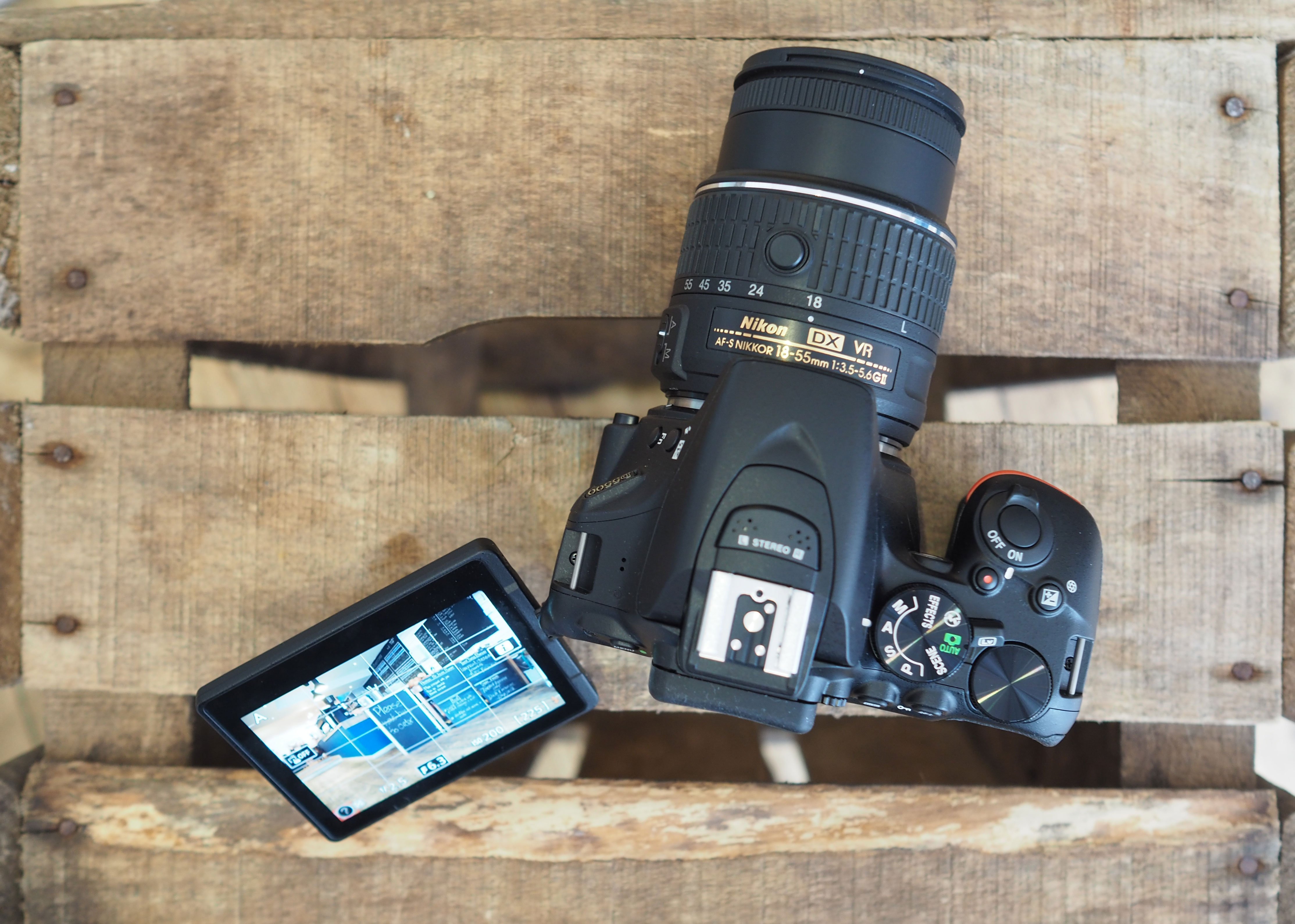
Nikon D5500 review
-
-
Written by Gordon Laing
Quality
|
Olympus OMD EM5 Mark II JPEG Using Olympus 12-40mm f2.8 at f4 | Nikon D5500 JPEG Using Nikkor DX 18-55mm f3.5-5.6 VR II at f5.6 | |
 | ||
f4, 200 ISO | f5.6, 100 ISO | |
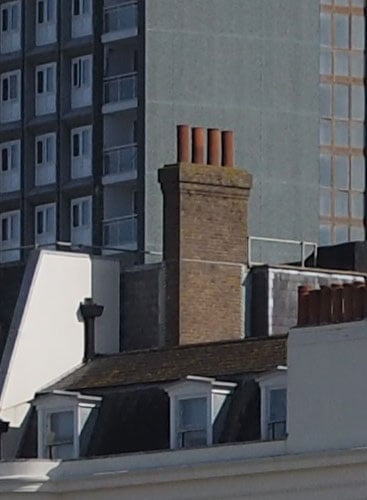 | 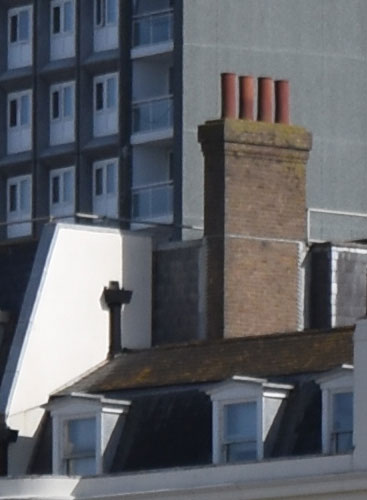 | |
f4, 200 ISO | f5.6, 100 ISO | |
 |  | |
f4, 200 ISO | f5.6, 100 ISO | |
 | 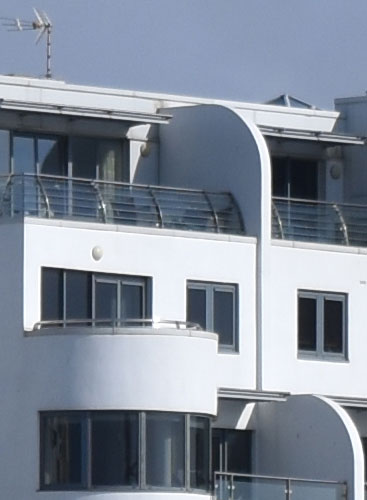 | |
f4, 200 ISO | f5.6, 100 ISO | |
 |  | |
f4, 200 ISO | f5.6, 100 ISO | |
|
Olympus OMD EM5 Mark II JPEG Using Olympus 12-40mm f2.8 at f4 | Nikon D5500 JPEG Using Nikkor AF-S 50mm f1.8G at f5.6 | |
 | ||
f4, 200 ISO | f5.6, 100 ISO | |
 | 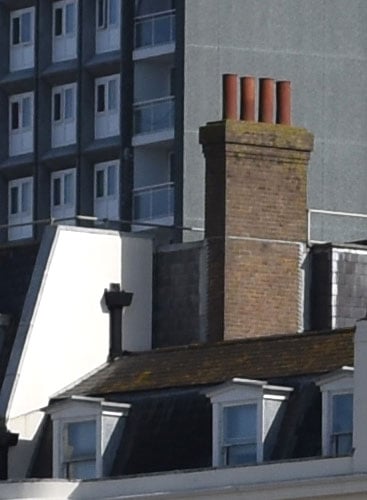 | |
f4, 200 ISO | f5.6, 100 ISO | |
 |  | |
f4, 200 ISO | f5.6, 100 ISO | |
 | 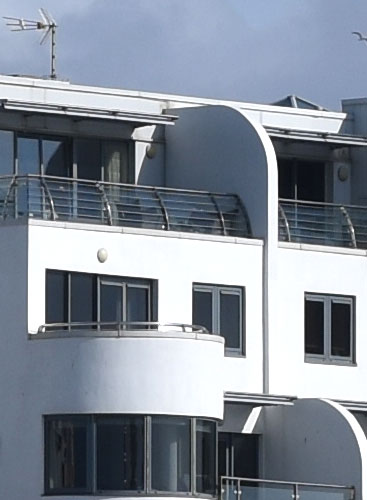 | |
f4, 200 ISO | f5.6, 100 ISO | |
 |  | |
f4, 200 ISO | f5.6, 100 ISO | |
|
Olympus OMD EM5 Mark II 40 MP JPEG Using Olympus 12-40mm f2.8 at f4 | Nikon D5500 JPEG Using Nikkor AF-S 50mm f1.8G at f5.6 | |
 | ||
f4, 200 ISO | f5.6, 100 ISO | |
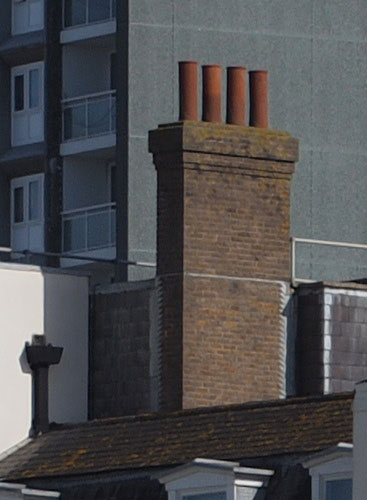 |  | |
f4, 200 ISO | f5.6, 100 ISO | |
 |  | |
f4, 200 ISO | f5.6, 100 ISO | |
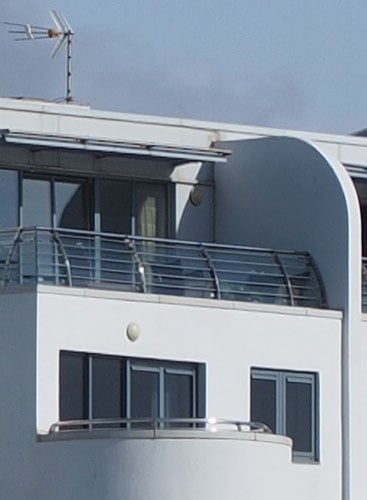 |  | |
f4, 200 ISO | f5.6, 100 ISO | |
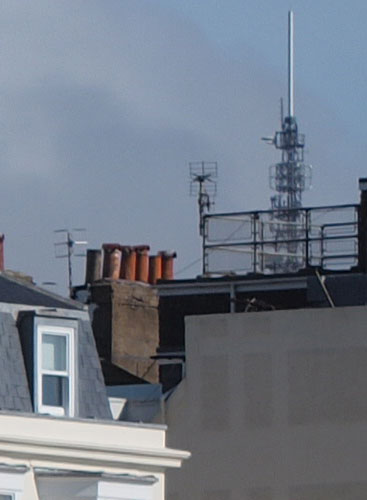 |  | |
f4, 200 ISO | f5.6, 100 ISO | |
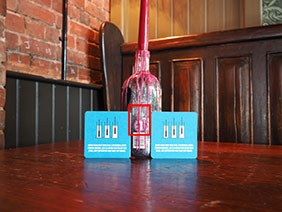 To compare noise levels under real-life conditions, I shot this scene with the Olympus OMD EM5 II and the Nikon D5500 within a few moments of each other at each of their ISO settings. Both cameras were set to RAW+JPEG with 14 bit set for the D5500. Active D-Lighting was disabled on the D5500 and High ISO Noise Reduction set to the defaults for both bodies. I’m presenting the JPEG results here and will add RAW results once both cameras are supported in Adobe Camera RAW. Note there are comparisons with the Olympus 40MP mode lower on this page.In my first comparison you can see both cameras shooting at their native resolutions: 16 Megapixels for the Olympus OMD EM5 Mark II versus 24 Megapixels for the Nikon D5500. With the crops taken from the middle of the frame where there’s no lens issues, both bodies are resolving a high degree of detail, but the D5500 enjoys a visible edge in resolution.This resolution advantage continues as the sensitivity increases – the benefit of a bigger sensor even when there’s more pixels on it. That’s not to say the EM5 Mark II is under-performing, it’s just that the higher resolution of the D5500 is resolving finer detail in this particular composition.In terms of noise and saturation based on these and other samples, I’d say both cameras perform very well up to 800 ISO, with the Olympus beginning to suffer a little more at 1600 ISO and above. As the sensitivity increases beyond 3200 ISO I’d say the larger APS-C sensor of the D5500 gradually gains an advantage of around one stop over the Olympus. But up to 800 ISO the noise levels are similar. I should also note the highly effective built-in stabilization of the Olympus means you’ll rarely need to shoot at high ISOs unless of course you need to freeze action in very low light, so when making comparisons do think carefully about how you’ll use the camera.Scroll down to see how the EM5 Mark II’s 40 Megapixel mode measures up or head over to my Nikon D5500 sample images or skip to my verdict. To compare noise levels under real-life conditions, I shot this scene with the Olympus OMD EM5 II and the Nikon D5500 within a few moments of each other at each of their ISO settings. Both cameras were set to RAW+JPEG with 14 bit set for the D5500. Active D-Lighting was disabled on the D5500 and High ISO Noise Reduction set to the defaults for both bodies. I’m presenting the JPEG results here and will add RAW results once both cameras are supported in Adobe Camera RAW. Note there are comparisons with the Olympus 40MP mode lower on this page.In my first comparison you can see both cameras shooting at their native resolutions: 16 Megapixels for the Olympus OMD EM5 Mark II versus 24 Megapixels for the Nikon D5500. With the crops taken from the middle of the frame where there’s no lens issues, both bodies are resolving a high degree of detail, but the D5500 enjoys a visible edge in resolution.This resolution advantage continues as the sensitivity increases – the benefit of a bigger sensor even when there’s more pixels on it. That’s not to say the EM5 Mark II is under-performing, it’s just that the higher resolution of the D5500 is resolving finer detail in this particular composition.In terms of noise and saturation based on these and other samples, I’d say both cameras perform very well up to 800 ISO, with the Olympus beginning to suffer a little more at 1600 ISO and above. As the sensitivity increases beyond 3200 ISO I’d say the larger APS-C sensor of the D5500 gradually gains an advantage of around one stop over the Olympus. But up to 800 ISO the noise levels are similar. I should also note the highly effective built-in stabilization of the Olympus means you’ll rarely need to shoot at high ISOs unless of course you need to freeze action in very low light, so when making comparisons do think carefully about how you’ll use the camera.Scroll down to see how the EM5 Mark II’s 40 Megapixel mode measures up or head over to my Nikon D5500 sample images or skip to my verdict.
|
Nikon D5500 vs Olympus OMD EM5 Mark II 40 Megapixel noise JPEG |
In this second comparison I’ve pitched the 40 Megapixel composite mode of the EM5 Mark II against the native 24 Megapixel output of the Nikon D5500. From the subject below, I’d say the Olympus is resolving slightly more detail, and as noted above, can also better-avoid colour moire in the finest details.
Of course the downside is the 40MP mode requires the entire subject to remain static during the capture process, which rules out most situations. But in a controlled studio or reproduction environment, it can work very well.
Once again I’ll be updating these noise results with RAW comparisons when the EM5 Mark II and D5500 are both supported by Adobe Camera RAW, but in the meantime check out my Nikon D5500 sample images or skip to my verdict.
Nikon D5500 Native 24 Megapixel | Olympus OMD EM5 Mark II JPEG 40 Megapixel mode | |
 |  | |
100 ISO | 100 ISO | |
 |  | |
200 ISO | 200 ISO | |
 |  | |
400 ISO | 400 ISO | |
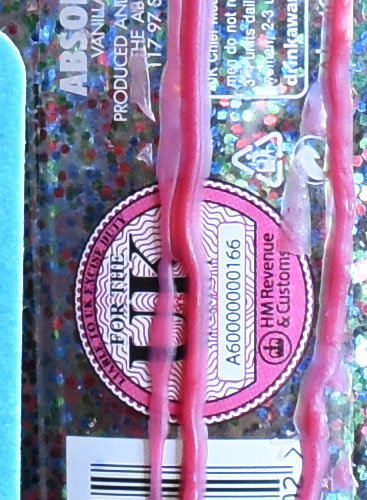 |  | |
800 ISO | 800 ISO | |
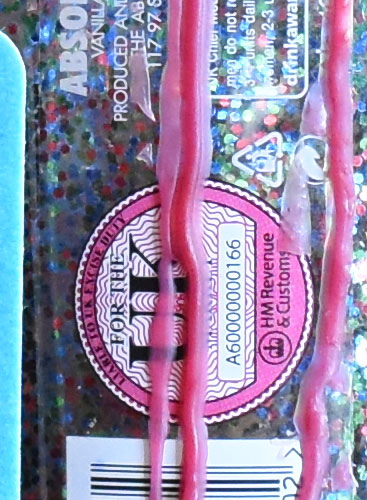 |  | |
1600 ISO | 1600 ISO |








